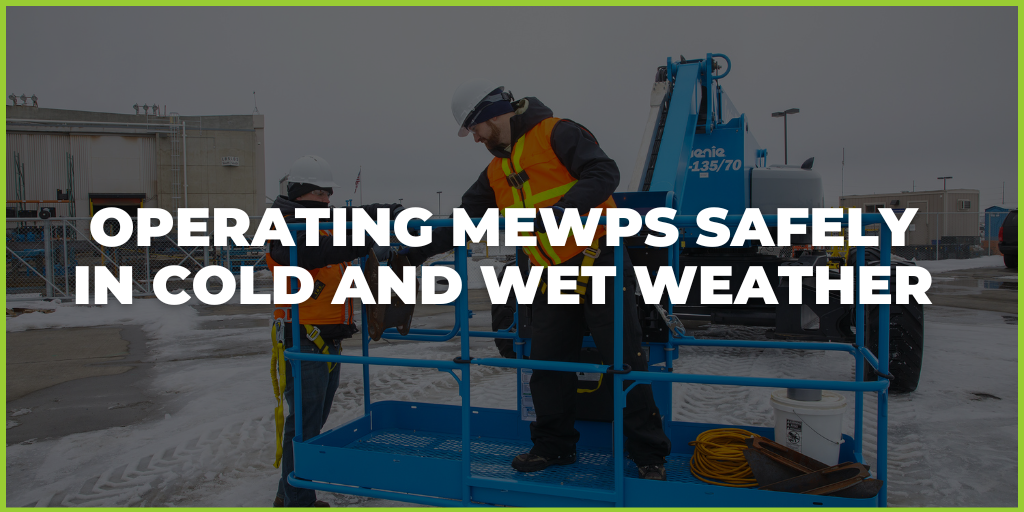What are the alternatives to steps and ladders?
Many of our customers come to us for advice on finding alternatives to ladders. Some of the top motivators for organisations to look at alternative work at height solutions are:
- Reducing risk and increasing safety
- Demonstrating "corporate conscience"
- Reducing the impact of employee health and wellbeing issues and improving absence
- Improving productivity
- Compliance with current HSE legislation and guidance
Reducing risks when working at Height
Falling when working at height is one of the biggest causes of death and injury at work. A total of 142 workers sustained fatal injuries at work in Great Britain, an increase of 29 from the previous year.
In 2020/21, 35 fatal injuries were due to falls from a height accounting for 25% of all worker deaths over the year.
Employers and those in control of any work at height activity must make sure the work is properly planned, supervised and carried out safely to avoid accidents happening. This includes using the right type of equipment for working at height and ensuring that any people engaged in the work are ‘competent’.
Working at height refers to any work above ground level. Surprisingly, most injuries are caused by falling less than 2 metres Many of these accidents could have been prevented and can be put down to the incorrect use of the equipment or using inappropriate equipment.
Falling from a ladder is one of the common causes of injury when working at height. Just like any other piece of equipment, the use of ladders is perfectly safe as long as it is the correct solution for the job, the user complies with regulations and is properly trained.
Common causes of injuries occurring when working at height using ladders include:
- Falling from an unstable ladder
- A leaning ladder slipping or falling backwards
- Overstretching or leaning too far from the ladder
- Lack of a secure handhold when carrying tools
- Faulty equipment such as worn anti-slip feet
- Careless use – slipping or losing footing
Ladders can be ideal for short duration tasks but generally speaking, however, the HSE recommend you consider using alternative equipment if the duration of the task is estimated to be more than 30 minutes. You may also need to consider an alternative to ladders if the work area has an unstable surface or loads being carried up the ladder are heavier than 10KG.
Another consideration is whether the task requires the employee to move frequently (e.g., operate other tools or equipment) or hold awkward body positioning on the ladder?
Does the task require the employee to move their lower body outside of the ladder rails at any point?
If the answer to any of these questions is “yes,” a ladder alternative should be considered. In the event that a ladder remains the best and safest form of equipment for the task at hand, be sure that employees follow all necessary ladder safety precautions (e.g., inspecting the ladder before use, setting it up according to the manufacturer’s instructions and wearing personal protective equipment). Regardless of what form of equipment is used, ensure that your employees receive routine training on elevated work safety.
Read more - https://www.hls.co/steps-and-ladders-toolkit
Read more: When to Use Ladders and How to Work Safely FROM Them
It is essential that you complete a risk assessment assessment before a work height project begins. This assessment addresses safety factors, such as how people will gain access to the project, its scope and size and the working environment. Only after they have completed the assessment can you select the right tools and equipment for the job. The first step to enhancing elevated worksite safety is awareness. Ladders and scaffolds pose some of the greatest risks for injuries on job sites, but with low-level access platforms such as push around lifts and scissor lifts, safety can easily be restored.
Examples of alternative equipment to use instead of ladders include the following:
Scaffolds can provide variable working heights and larger elevated platforms, which ladders cannot, but they still create some of the same safety challenges. Just like ladders, scaffolds must be set up correctly to provide a stable framework and prevent collapse underneath the weight of workers, tools and materials.
Hauling tools and materials up and down scaffold is a challenging and dangerous chore that can increase user fatigue and lead to more slips and falls.
Access Platform & Push around vertical lifts (PAV’s)
Low level access platforms are a good choice as they are easy to use, compact and can reach a wide range of heights. Users can easily hold equipment, supplies or tools when at height. Access platforms also increase productivity as they only require one operator.
Companies who replace ladders for low level access platforms often see lower injury and accident rate. By ensuring good practice and a positive culture of health and safety companies reduce the risk of reputational or financial damage, and promote good employee relations.
Low-level scissor lifts are ready to go and make reaching elevated heights nearly effortless. Scissor lifts can handle any application that would normally require a ladder, tower or scaffolding. Scissor lifts enable operators to complete the same jobs faster and more securely without the setup time of other equipment, such as scaffolding or a tower, and without the dangerous instability of a ladder.
If you would like to know more about which ladder alternative is best for you, please get in touch with us today.





